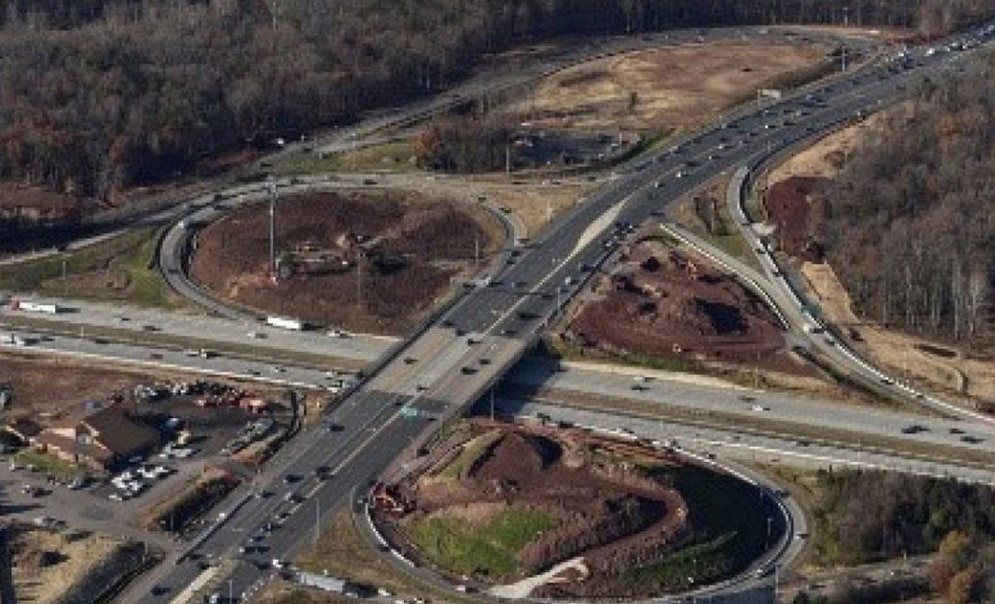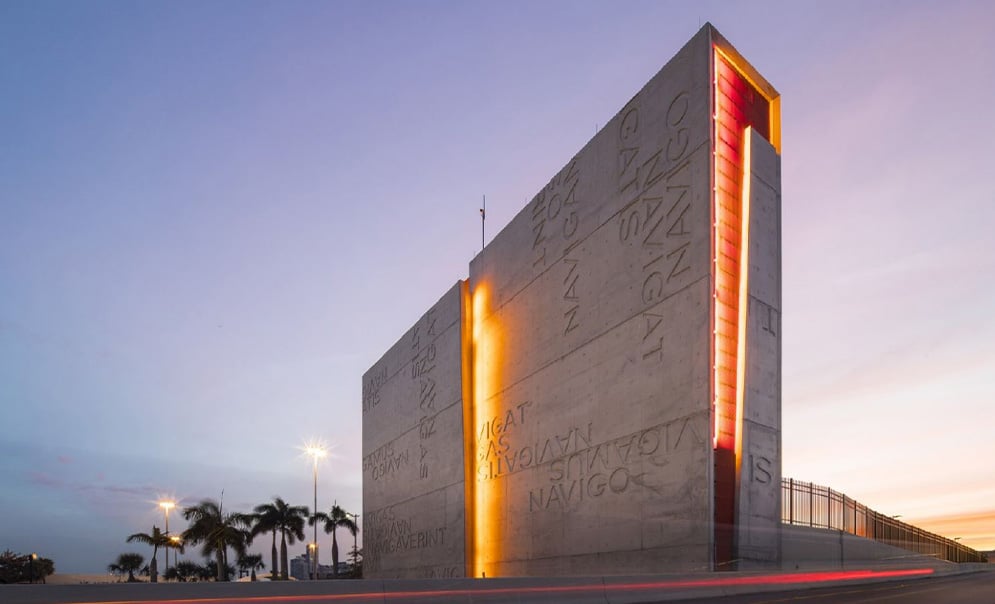Our impact
Communication and media management
Transparent and proactive
Good communication is key to project success
West of Washington, DC, construction work is underway on the I-66 freeway, close to Manassas National Battlefield Park– the site of two of the bloodiest battles of the US Civil War. The first and second battles of Manassas – or Bull Run to those more closely attached to the Union side of the conflict – are of huge historical significance locally and nationally. But skirting Manassas National Battlefield Park to the south, is I-66, which is also vital as a local and regional transportation artery.
The Washington DC metropolitan area is rated as the second worst area for traffic congestion throughout the US, and I-66 in Virginia is one of the most congested roadways in the region, with 8-10 hours of heavy traffic experienced each day by motorists. The route needs an answer to its acute problem of insufficient capacity. A lot of people, particularly those living to the west and relying on the freeway for daily commuter trips and other journeys, desperately want to see it improved.
Others are concerned about the possible impacts that the road expansion project could have on the local area, including adjacent residential communities and the Manassas National Battlefield Park.
The improvement on I-66 has been developing for some years, as a Public Private Partnership (P3) between Virginia Department of Transportation (VDOT) and I-66 Express Mobility Partners (EMP) – a consortium including Meridiam and partners Cintra, APG and John Laing.
Now that the project has reached its construction phase – to the relief of many observers – numerous elements of the design can be seen to have changed in response to the concerns of local communities and stakeholders. A pedestrian-cycle path has been realigned in several areas, an elevated ramp has been eliminated from the project, and several stormwater management ponds have been relocated. And arguably of greatest importance, road lighting has been reduced on road ramps close to Manassas to lessen intrusion on Battlefield Park.
There is a wider observation to all this: that proactive engagement and communication with the public and all stakeholders are vital aspects of infrastructure projects. Particularly so, it seems, with regard to major road or highway schemes, that potentially impact a great number of people, public opinion is as strong as it is divided.
Meridiam has drawn up a comprehensive set of recommendations for how P3 projects should approach public communication and outreach activity, partly from its recent experience with developing major highway projects in the US. (see box: Communications and Outreach Key Recommendations).

I-66, VA
High up in the list, a vital recommendation is for projects to set out a clear and structured approach from the start – establishing responsibilities for the concessionaire and the client. Getting an early and well informed picture of public opinions and concerns is also right up there as a vital engagement activity.
“With regard to I-66, the Commonwealth of Virginia had already gathered a significant amount of public input when it was evaluating how best to improve the route. We then conducted more public outreach by contacting and meeting more than 200 homeowner and property associations in communities along the corridor, a process that is still ongoing now that construction is underway,” says Chris Doherty, I-66 EMP’s Director for Corporate Affairs.
Meridiam’s recommended approach represents a collection of lessons learned in public communication and stakeholder outreach, from things that have gone well and from some experience of where things could have been done better.
Research and gathering of data gave the I-66 project team a very good overall picture of public views, however, when the contract was awarded there were still several areas of public opposition that needed to be addressed.
As a result, perceptions existed and opposition in certain areas was still strong, as negative stories were being published locally, specifically on the subject of levels of compensation paid to people relocating to make way for the widened road.
“Despite being awarded close to twice the market rate for their homes, a small number of residents still complained to the media,” Chris says. “Our response was to demonstrate to elected officials’ satisfaction that the whole system of property purchase and compensation had been carried out fairly.
The important lesson learned, Chris says, is that negative media reports can be prevented and relations with local communities strengthened, if an open, regular, and transparent approach to providing information is adopted from the start of projects.”
Further evidence of this comes from the fact that the I-66 project team, including I-66 Express Mobility Partners, the Virginia Department of Transportation, the National Park Service and several historic preservation groups were able to meet regularly to address aesthetic concerns about the project, resulting in a final design that will meet the needs of the I-66 toll facility while addressing the needs of the Park.
“If we were to start again from scratch on the I-66 project, we would negotiate gaining full responsibility for communications with the public and media. Indeed, on future projects, we will seek to take on the lead role with outreach activity. We believe that more information and greater transparency brings better results. There is much more chance of success if communities are engaged effectively from the start.”
To emphasise the point, there is more to the importance of early engagement than making projects run smoothly without bad press, Chris says: “Public opinion can have a great impact on the success of a project, and proactive engagement with community leaders, residents, businesses and elected officials is the most effective way to overcome lingering areas of project opposition.
“In Virginia, we are building a Managed Lanes project, adding dynamically priced toll lanes to increase the capacity of the I-66 corridor. We have not experienced much opposition to the P3 and its addition of tolled highway. There is a general acceptance among the public, providing it can be seen that the funds generated are being invested in better infrastructure, but the same is not expected everywhere, especially in markets that have not previously experienced managed lanes or P3 projects.”



